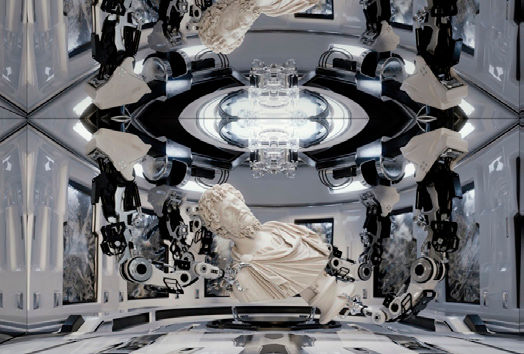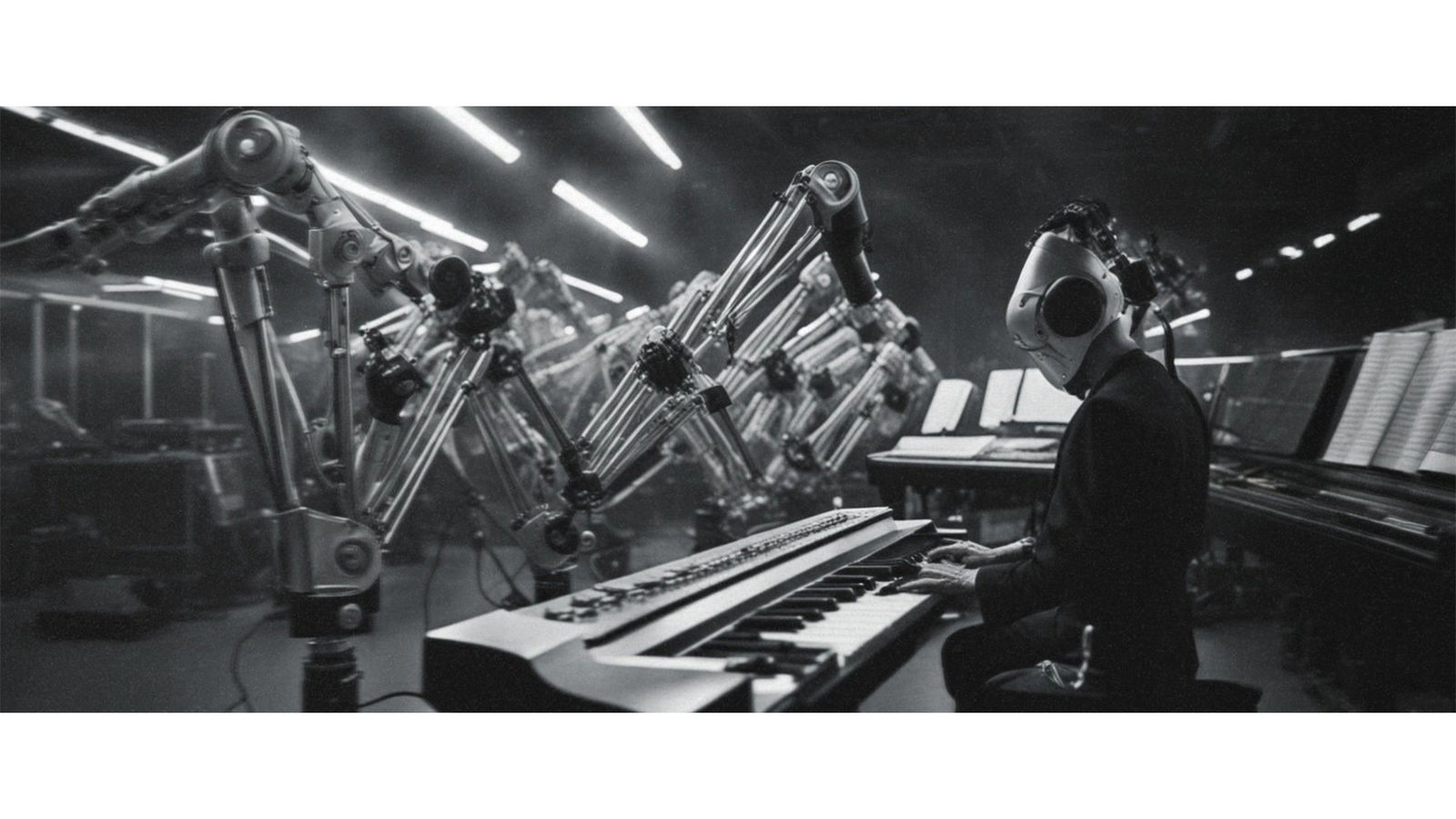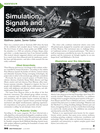Simulation, Signals and Soundwaves
There was a moment early at Automate 2025 when the back of the exhibition hall sounded almost “techno-symphonic.” The low-fi hums of robots, linear guides and AMRs treated the attendees to a 9:00 am orchestra of beeps, bleeps, whirs and clicks—a steady, impressive beat if you listened carefully. This musical odyssey suggested robotics and automation can be so much more than enhanced tools for warehouses, assembly lines and laboratories—and after a little research this was easily confirmed.
Mad Scientists
“Finis Musicae (finismusicae.com) brings to life a robotic orchestra controlled by human biometrics.” According to the website Finis Musicae expands the borders of robotics, musical artistry and ultimately humanity. Fusing converging technologies, the project aims to usher in the automata age, anthropo-centralized.
Previously the secret research project of Fredrik Gran, robotics director, Charlotte Kemp Muhl, director and Sage Morei, creative and tech director, Finis Musicae offers transhuman anatomy extenders, “designed to improve the lives of people with disabilities, enable remote collaboration between artists with telekinesis and physical robotic avatars, and ultimately perform Beethoven in space.”
The name Finis Musicae refers to the debut of the first electronic instrument. The talented group utilizes servomotors, computers and 3D-printed end effectors to prove AI and automation will not replace human creativity but help in its evolution. The project expands human potential through mechanical and digital transhumanism, exploring experimental compositions in new genres, and provides what the musical community is calling “an anti-dystopic vision of tech.”
The Robotic Cello
According to the music magazine The Strad (thestrad.com), a cello played by a robot performed alongside a symphony orchestra in Malmö, Sweden last October. The performance premiered the new work Veer (bot) for orchestra and robot cello, written by Swedish composer Jacob Mühlrad, blending classical music with modern influences, pushing the boundaries of music with the aid of technology.
The robot cello combines industrial robotic arms with 3D-printed parts, designed by researcher and composer Gran of Finis Musicae. The instrument aims to challenge listeners’ traditional notions of musical performance. “The robot is itself an instrument controlled by my notes. In a way, the composition and the instrument are brought together on an even deeper level,” said Mühlrad to The Strad.
Maestros and the Machines

Mercer Labs, Museum of Art and Technology (New York, NY) recently unveiled “Maestros and the Machines,” an exhibition inviting visitors to imagine what the great maestros of the past— from Mozart and Da Vinci to Hokusai and more—would have created if they had access to modern technology. “Maestros and the Machines” is a living, breathing dialogue between past and future, reimagining what art can be in a world where technology is a tool to the creative process. The exhibition was conceived and directed by artist Roy Nachum.
Nachum is an experimental artist known for his comprehensive artistic practice that spans across various mediums, including painting, sculpture, architecture, installation and technology. These works utilize art historical elements, conceptualism, and interactivity to explore complex psych-visual factors (mercerlabs.com).







